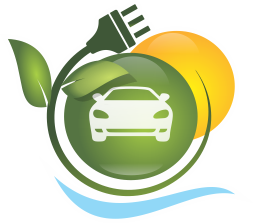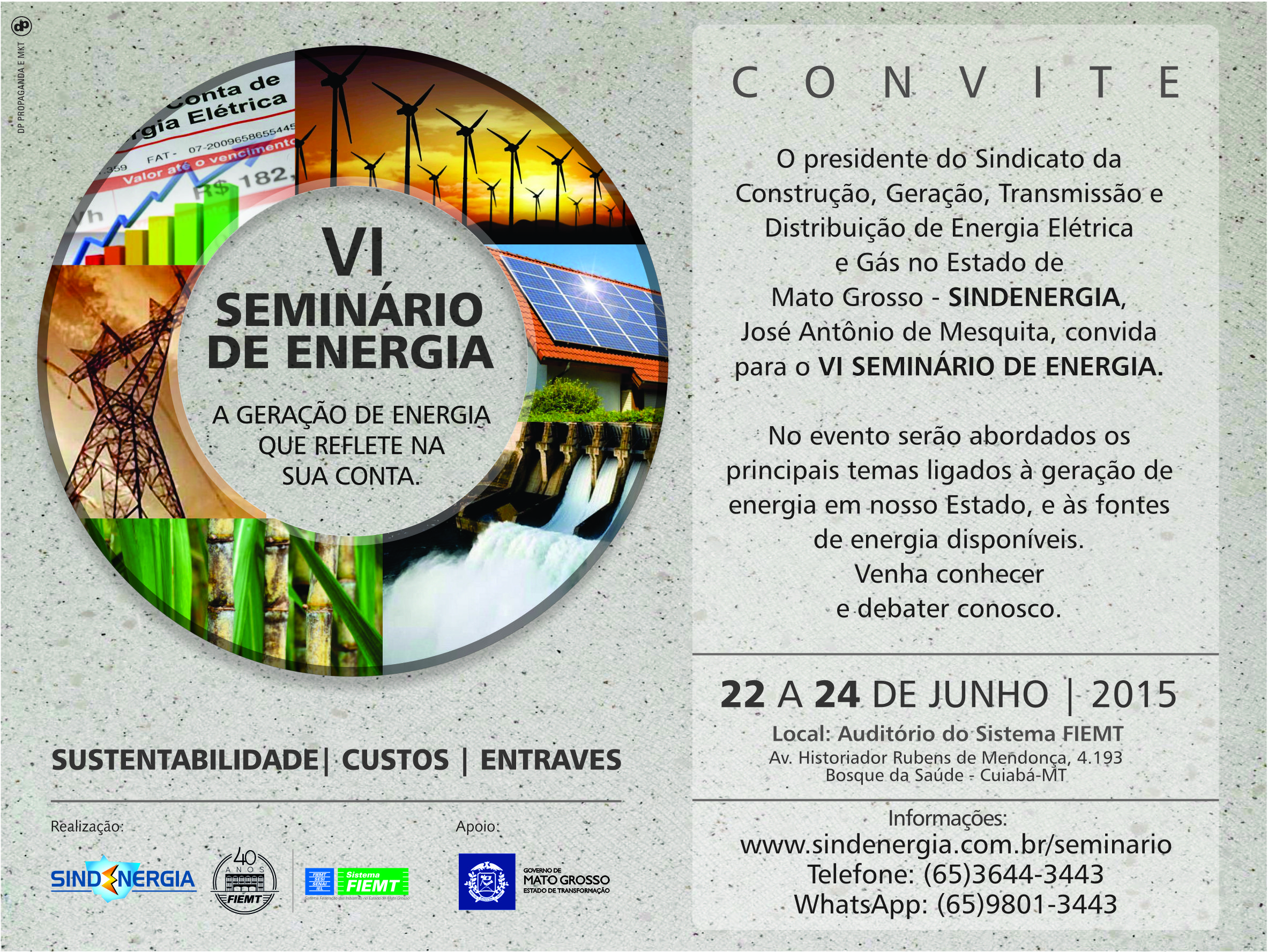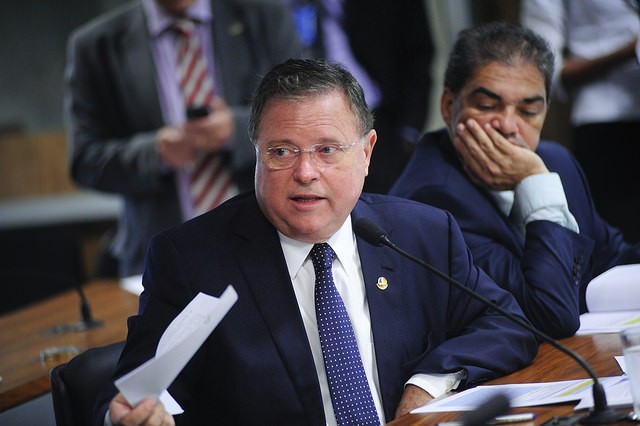Fonte: ANEEL
ANEEL extended the deadline for sending contributions to the Public Hearing with the objective of obtaining society’s contributions for establishing a new Tariff Structure to be applied to electric energy consumers. Contributions may be sent until 03/18 and the in-person session will be held on 03/16 at ANEEL’s auditorium in Brasília.
Information from the hearing is shown below.
– Tariff Structure:what and why change?
The Tariff Structure is how the diverse consumers pay for electric energy use. The energy tariff is simply the sharing of all costs incurred by the distributor for taking energy to its consumers. A good tariff structure is one that seeks to attribute a tariff to each consumer that reflects the costs that consumer generates to the electric system as a whole. The objective behind reviewing the tariff structure is that as time goes by and with the countless changes in the electric sector’s organization, tariff signals are outdated and no longer reflect an efficient use of the system for the consumer.
– What changes?
The diverse changes proposed in this Public Hearing are presented below. Two improvements stand out here that will need good interaction with consumers. The first is the creation of differentiated tariffs for low voltage consumers, such as residential consumers. The proposal consists of creating three differentiated tariffs throughout the day. A cheaper tariff will be used during most hours of the day. A more expensive tariff will be used when energy consumption reaches its peak, and another intermediate tariff will be used between the two periods. The idea is for the consumer to shift energy consumption to cheaper tariff periods, reducing end of the month bills. This action will reduce the consumption peak and company investments to provide lower mid- and long-term tariffs.
The other improvement is the creation of Tariff Flags: Green, Yellow and Red, which will function like a traffic light. The Green Flag means low costs to generate the energy that reaches the consumer. The Yellow Flag is a warning sign, because generation costs are rising. The Red Flag, in turn, will indicate that the previous situation is worsening and the energy supply to meet consumer demand is more expensive to generate, such as activating a large number of thermo electric plants to generate energy, which is a more expensive source than hydroelectric energy.
Other improvements:
i) Change in marginal expansion costs for distribution grids; ii) Change in the apportioning of several distributer costs, such as charges, losses and etc.; iii) Change in the ratio between peak and outside peak tariffs and extinction of the dry and wet signal; iv) Redefinition of the A4 subgroup and extinction of the A3a subgroup; v) Change in criteria for fitting the conventional tariff model; vi) Definition of the green modality for free and special TUSD consumers; vii) Change in form of billing: opening of tariff into use and energy tariff; viii) Implementation of the hour signal for the Isolated System.
In order to better understand all changes proposed, ANEEL elaborated the following Executive Summary.
– What does ANEEL intend with the PH?
Receive society’s contributions for improving the Tariff Structure and defining fairer tariffs for all consumers. The idea is to implement the new tariff structure after the third tariff review cycle that will begin in April 2011.
– How can contributions be made?
The contributions period began on 12/17 and will end on March 18, 2011. On March 16, 2011, the in-person PH session will be held in ANEEL’s auditorium.
In order access the documents, go to www.aneel.gov.br in the section entitled Public Hearing and click on Public Hearing no. 120/2010. Besides the normal information such as Technical Notes and Tariff Regulation Procedures, which are already provided, we also inform that starting the second half of January the spreadsheet that calculates the tariffs will also be made available, as well as a new, more user-friendly tariff resolution format.








